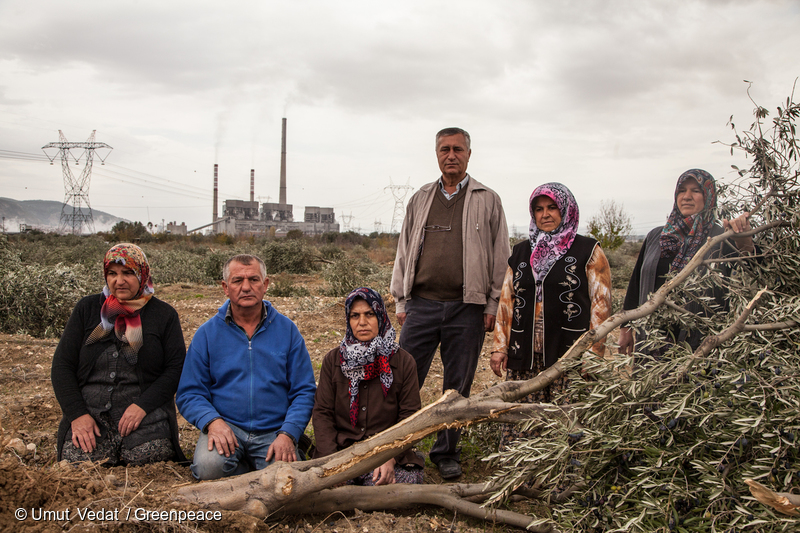Making sense of a 1.5 degree world

In all honesty, I have never been so worried about climate change as I am right now. The devastating impacts scientists warned us could happen in future decades are already here and threatening to get worse.

People watch flames as night falls during the Holy Fire near Corona, California in August 2018. Brushy, drylands in California between Orange and Riverside counties continue to burn, leading to more than 20,000 evacuations from a fire blamed on arson.
The concerns I have now seem a long way away from my childhood and carefree family holidays at the Jersey Shore on the US east coast.
From the time I was just four months old, my family went to a place called Long Beach Island every summer. I remember the part of the island we visited had a road down the middle, with the ocean on one side and the bay on the other. It was a fragile but lively place to visit.
As the years went by and we grew older we stopped having holidays there – until we returned in 2013, after Hurricane Sandy had smashed into the US east coast. I was shocked to see the region so different to how I remembered it.
Hurricane Sandy, the strongest Hurricane of the 2012 Atlantic season, had raged through the area and reset the island. Places and people had vanished, and houses were boarded up.
I kept thinking about how this had once been a summer vacation island for so many people. But for people who live on islands in other parts of the world, they have no escape: their island is their only home.
I think many of us who understand the science of climate change have developed a protective mechanism that keeps us from constantly despairing about our unfolding climate tragedy.
It’s difficult to maintain hope when facing such adversity, but I see so much strength and resilience in people – who are not only hopeful, but taking action as well – that I don’t despair. It’s this hope that drives climate action forward, and will continue to do so.
Taking that despair and hurt and turning it into hope is an act of courage in itself – an act of resistance that gives us the strength to overcome what we must. This is one thing that continues to inspire me about the communities who truly live on the frontline of climate change.
This week, the UN’s Intergovernmental Panel on Climate Change (IPCC) in Incheon, Korea, will outline what must be done to achieve the Paris goals and what will be the dire consequences of failure.
I will be there, filled with hope of the change that’s possible. My hope comes from stories about people who are rising up to confront climate change.

My email inbox is full of such stories from Greenpeace offices around the world: the grandmothers in Switzerland suing the government over climate change, the 12 young Palestinians, Syrians and Lebanese who built solar panels on a Women’s Cooperative in South Lebanon, the Turkish community who blocked the cutting of olive trees to stop a coal power plant, or the people in Germany who continue to join walks through the Hambach Forest to demonstrate against it being cut down for coal.

Greenpeace activists are taking part at a demonstration to protest against RWE´s plans for logging in Hambach Forest for coal mining.
Beyond Greenpeace, I am also inspired by the Swedish girl boycotting school until politicians act on climate change, and by the students in Our Children’s Trust suing the US government.
Each of these stories gives me hope. Behind each one of them is a person with tenacity, commitment and drive to change the world. They are people willing to stand up to what is wrong. These are people prepared to do what is right, and to lead with hearts and heads together.
In this moment of crisis, we need to let people know they are not alone – that people power is unstoppable and there is hope. Our future is not yet written, and as the IPCC meets, I urge us all to reflect on where we stand and on what gives us hope to act. And then together, let’s step it up even further.
Want to do something right now? Sign this petition to demand a plan from the Australian Government to reduce our emissions to zero.
Jennifer Morgan is the International Executive Director of Greenpeace International


